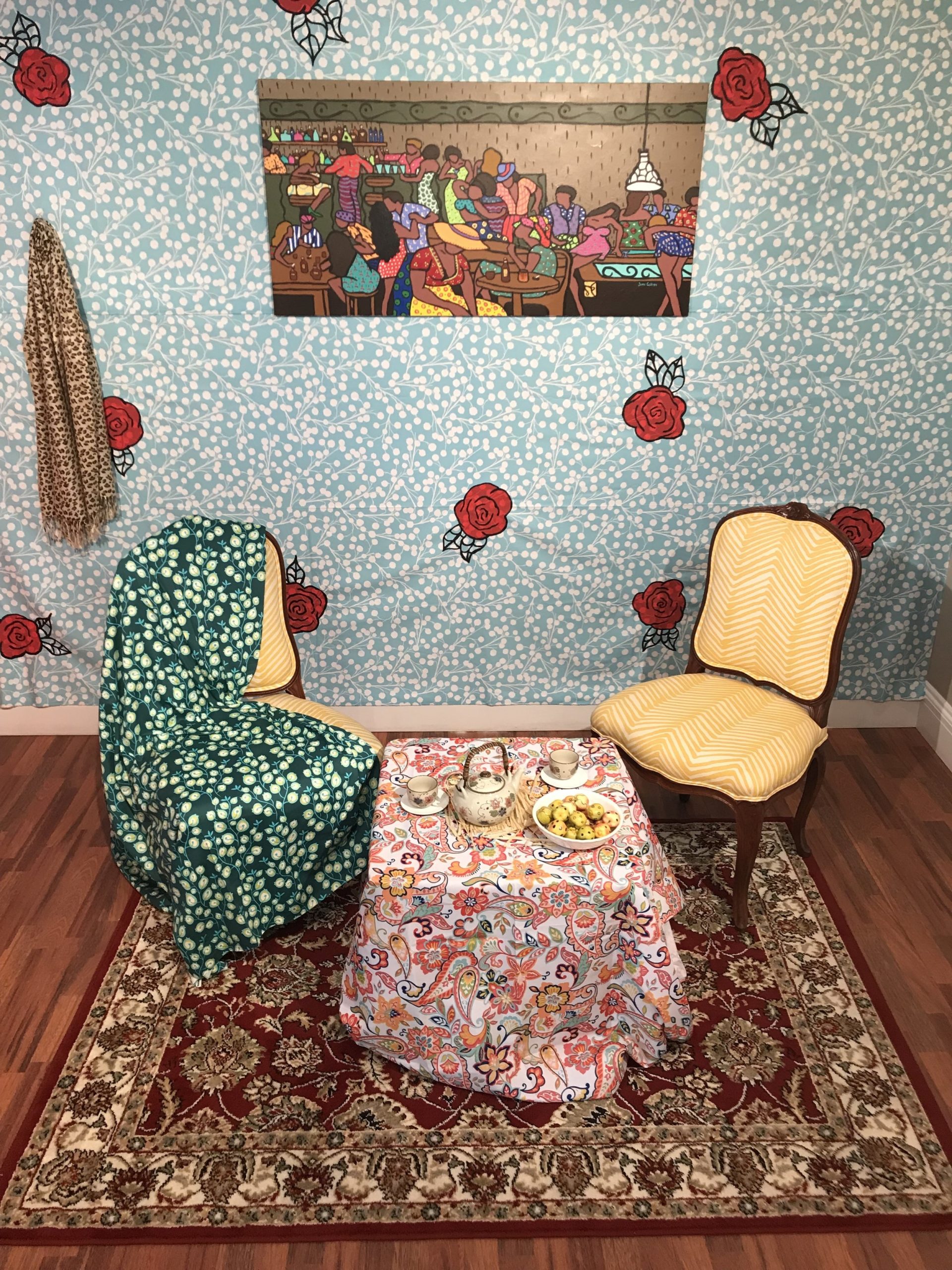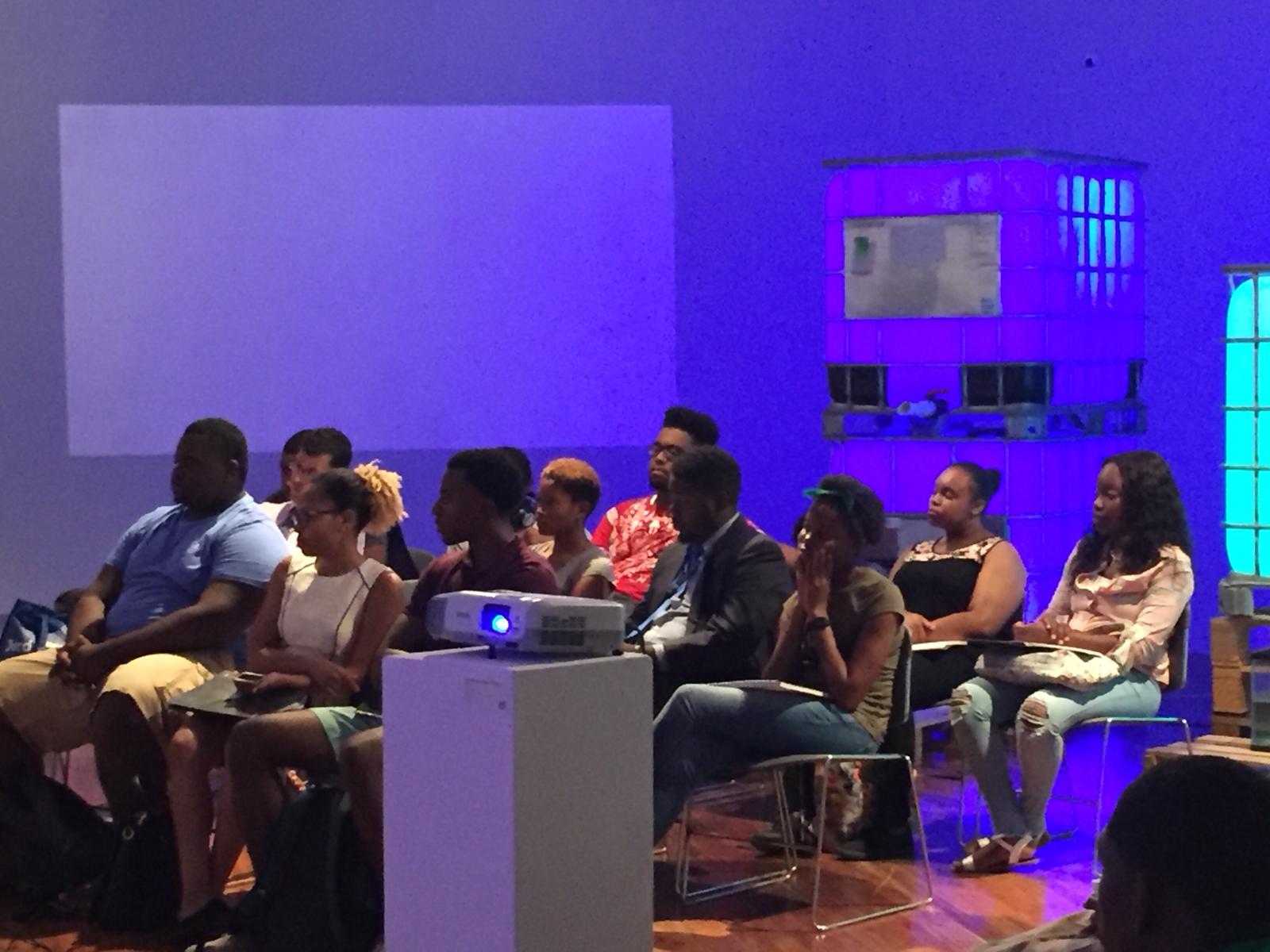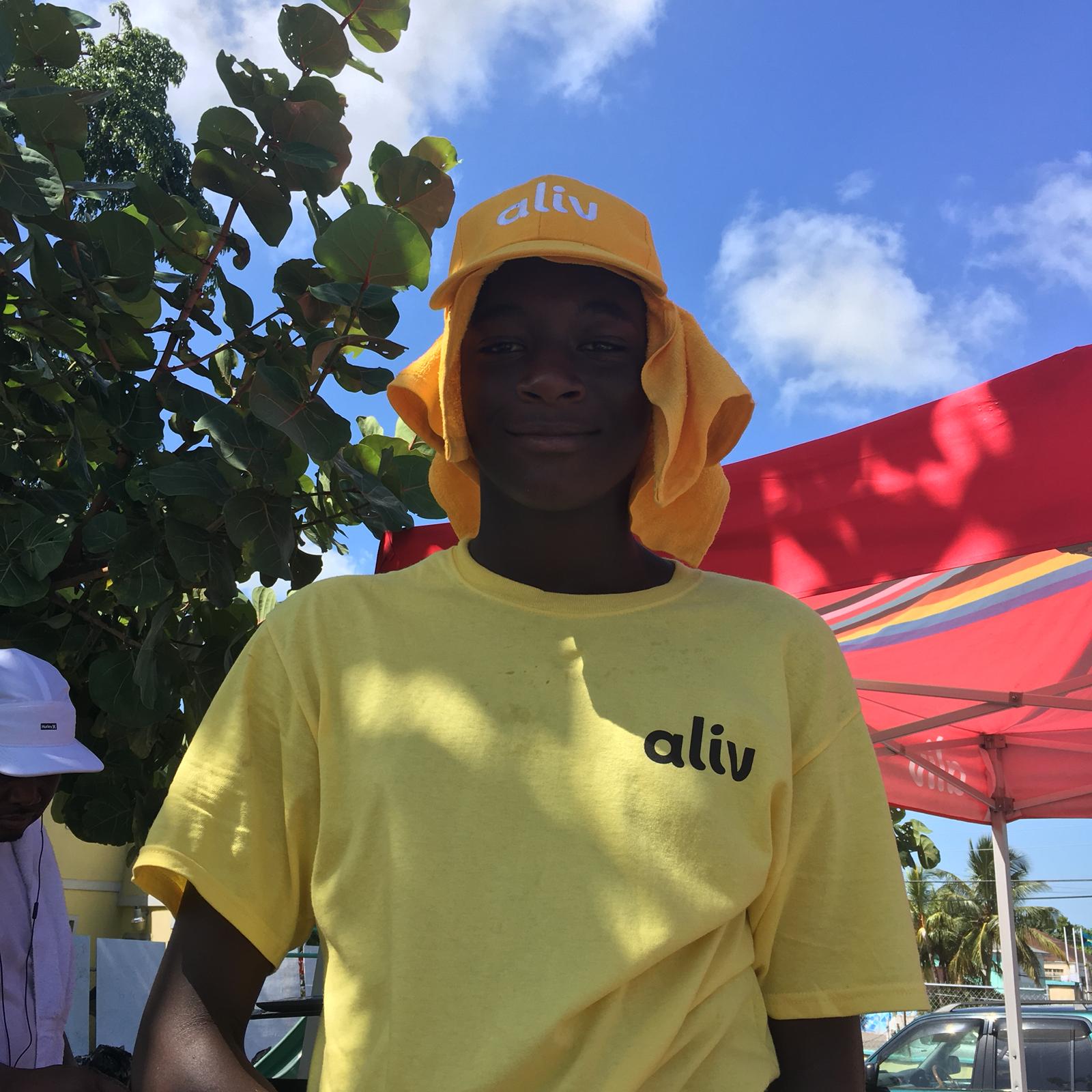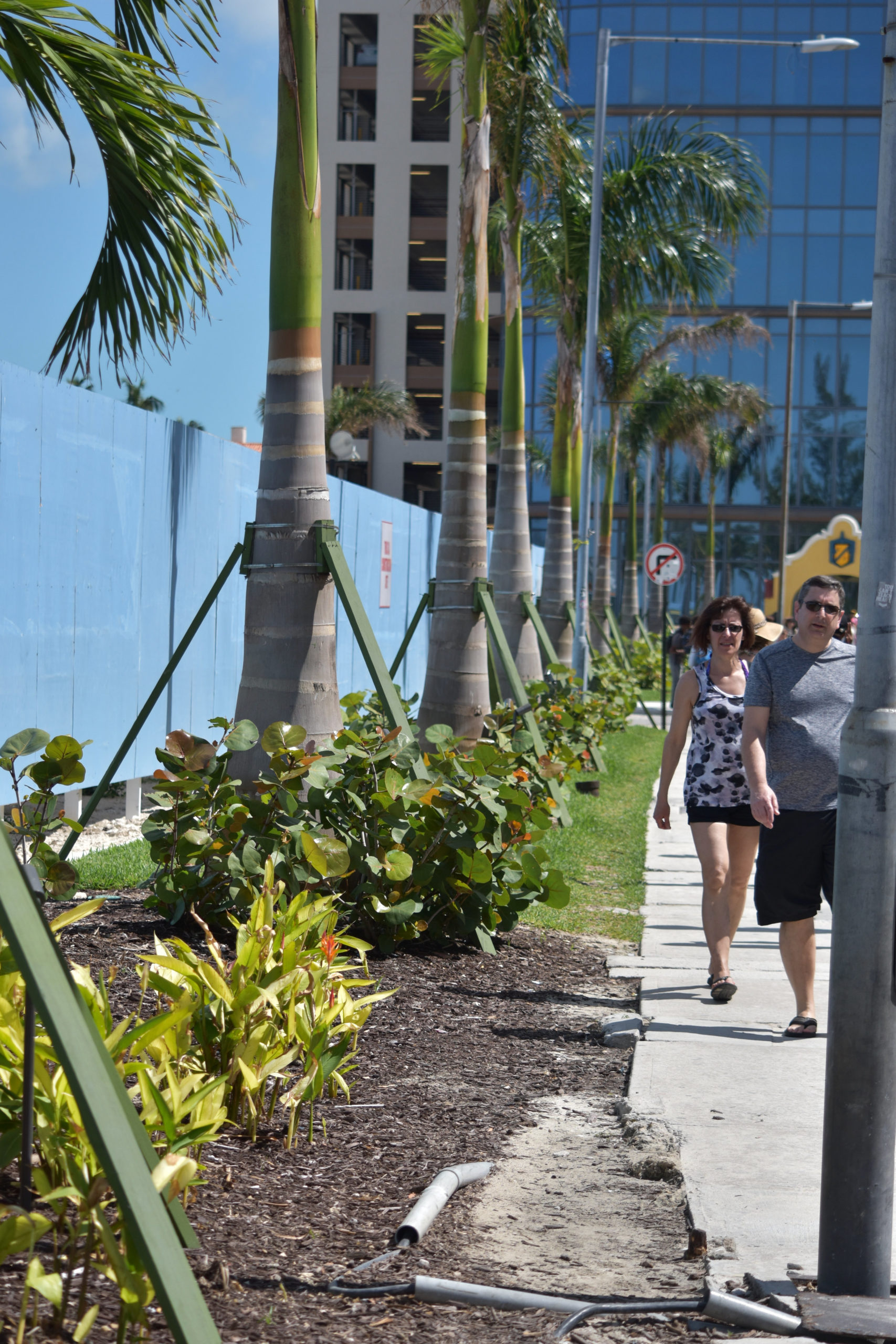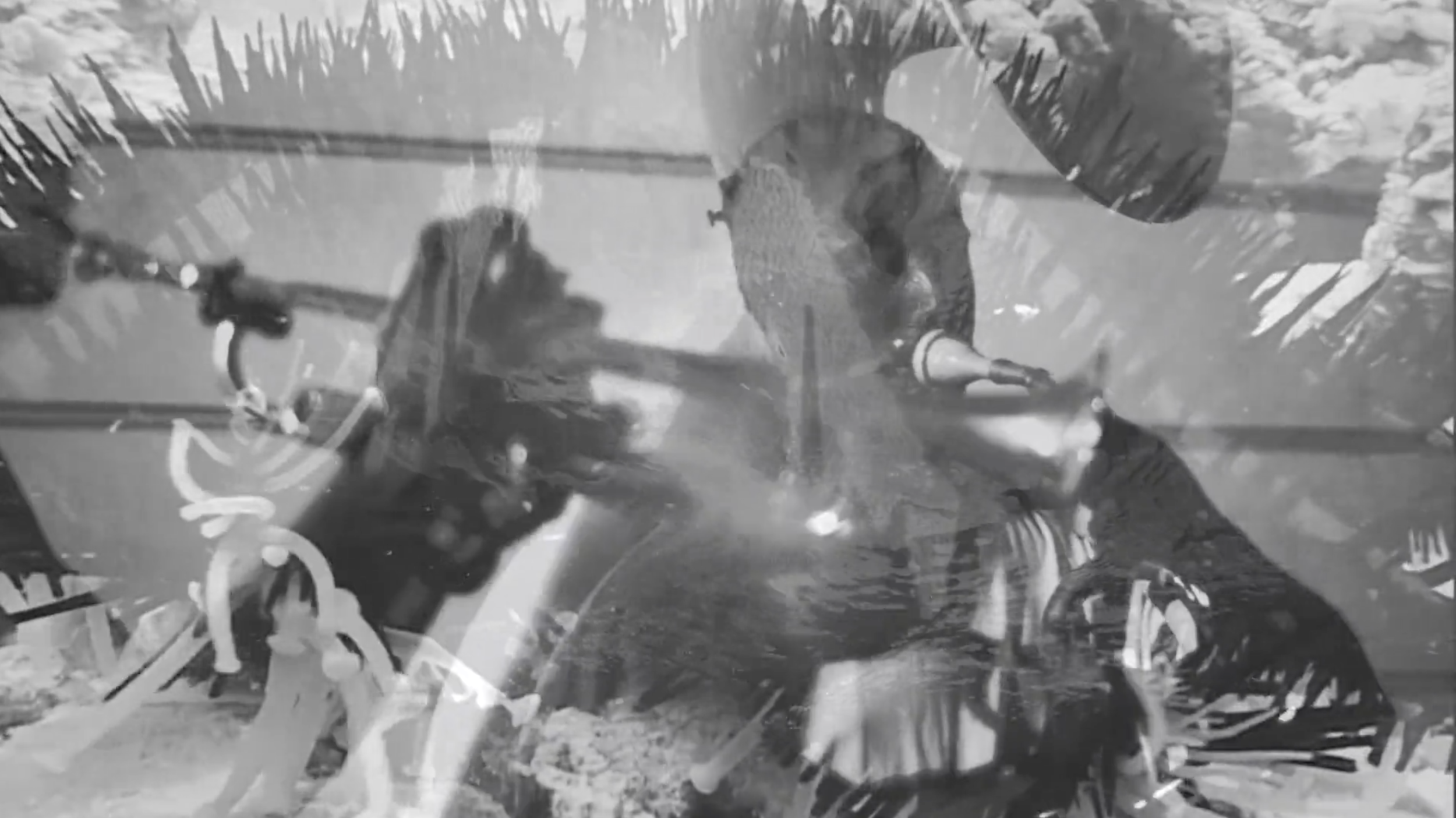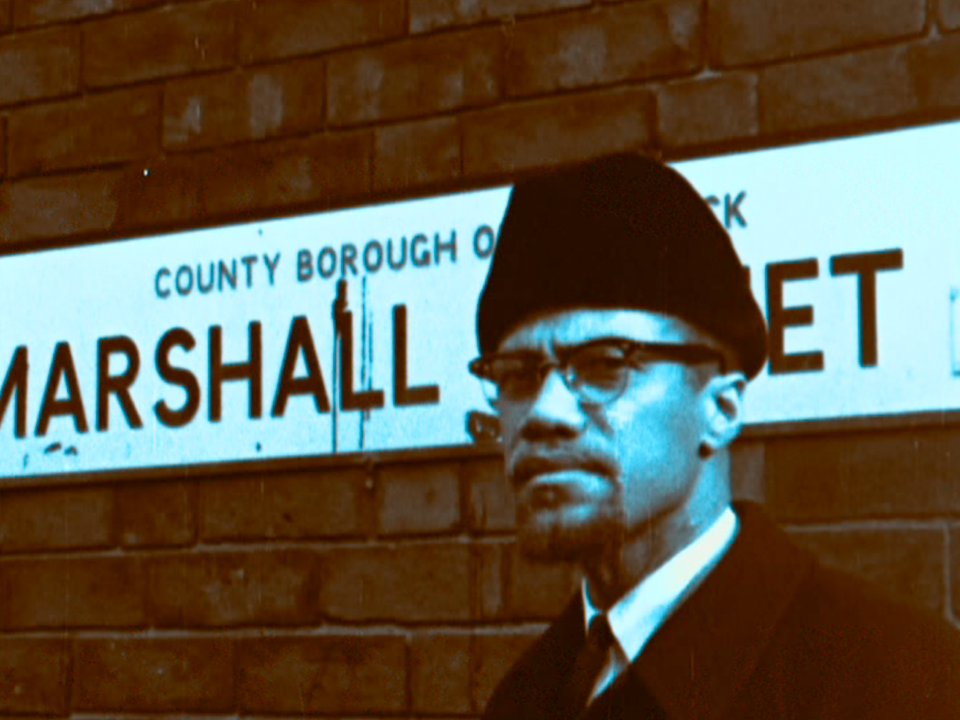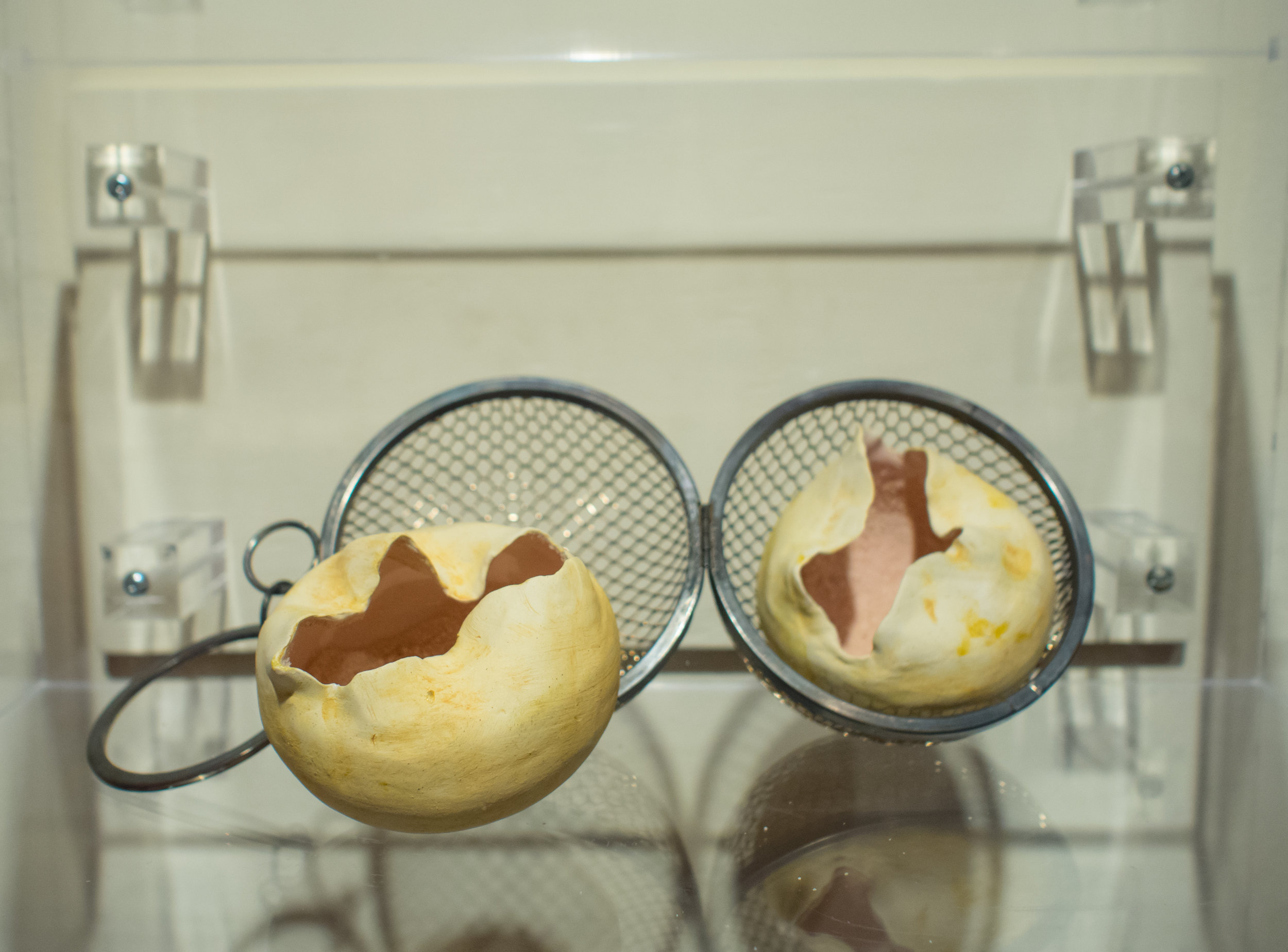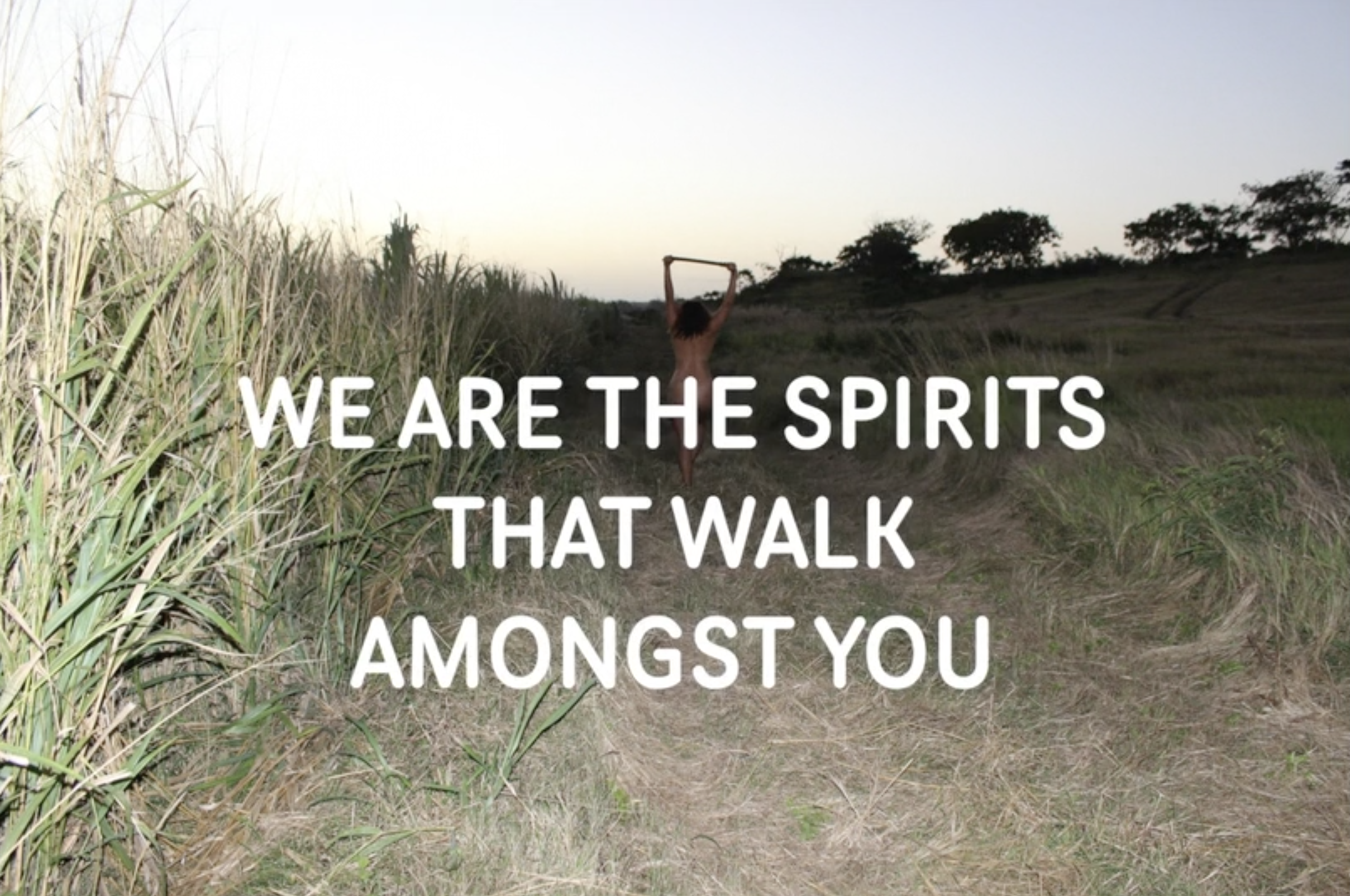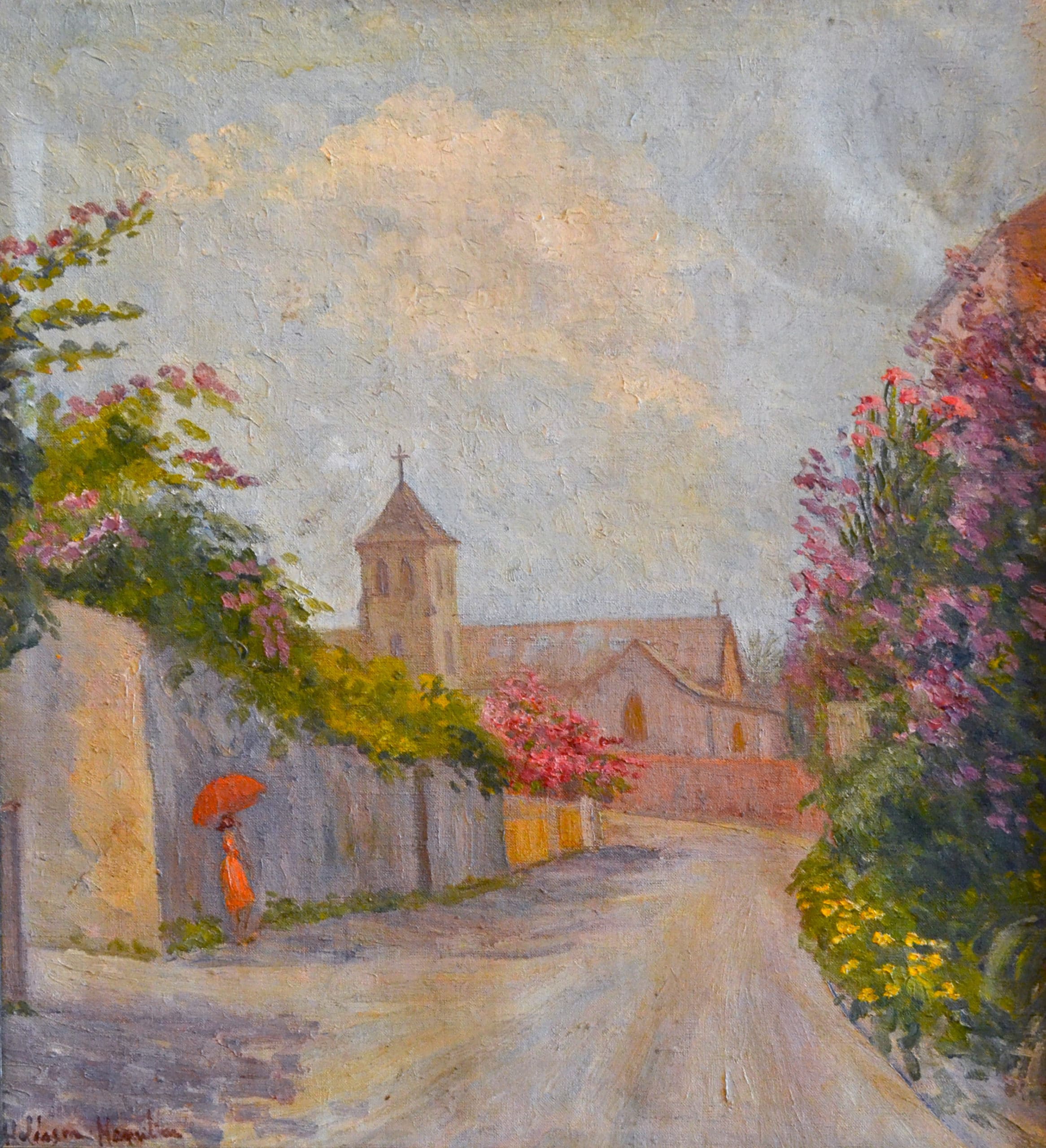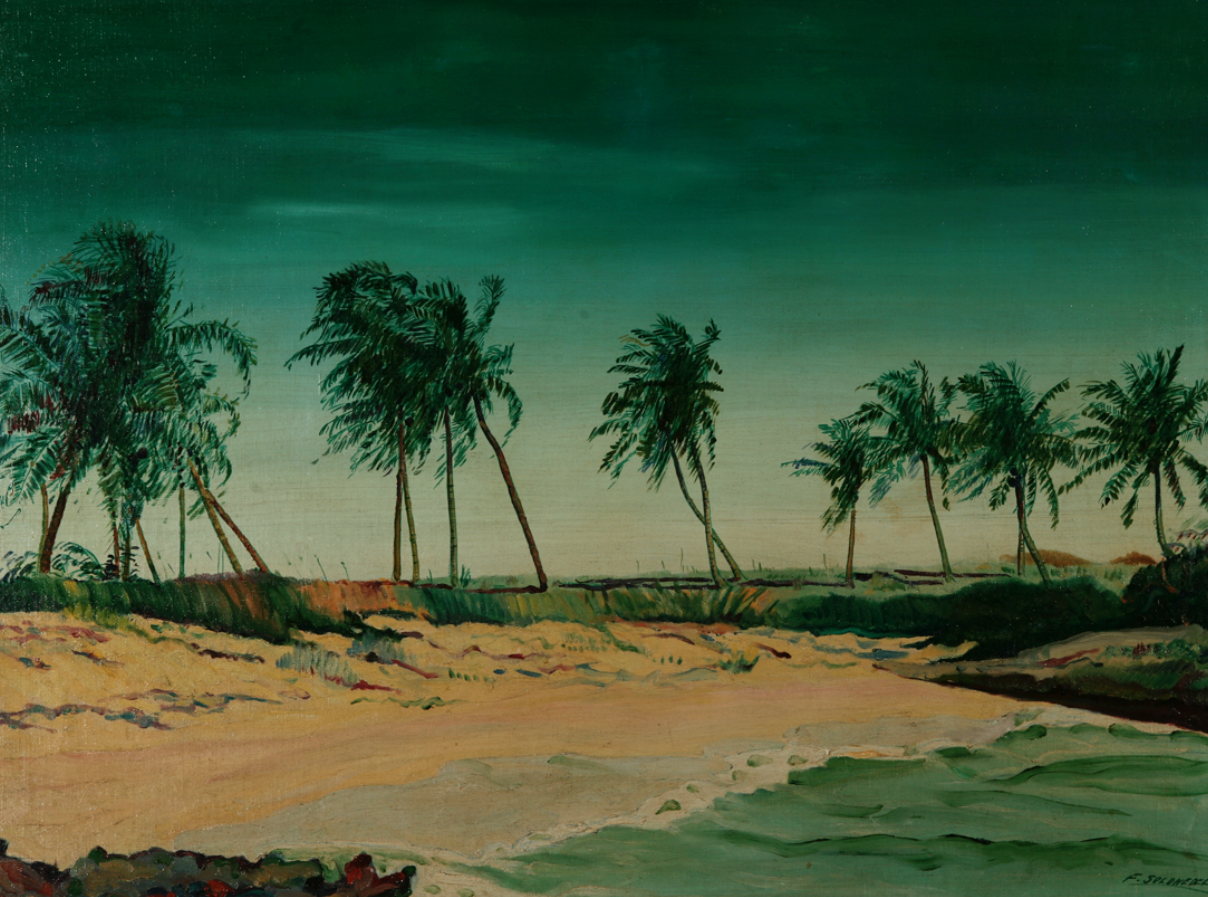By Letitia M Pratt, The D’Aguilar Art Foundation. “Collie allows viewers to define their own beauty in interactive installation, Dollhouse.” There is one thing that is absolute about June Collie’s work: it makes me happy. It’s layered, bold tapestries and lush, bright color transports me to my own imagined boudoir, where I languidly rub scented oils on my skin as I lay among soft silk pillows. I so easily see myself in her work. The bodies she paints are like mine, my mother’s, my grandmothers’ – they are familiar, easy-going, and articulate beauty with a confidence that I have seen only in generations of unencumbered women. Her work captures this self-love, the sweetness of brushing your hair as you run bathwater, or the pleasure of listening to your favorite record as you drift off to sleep. Her work reminds viewers that they are the subject of their own desires and that their lives and bodies are beautiful in and of itself. Her most recent interactive installation, Dollhouse, created for the D’Aguilar Art Foundation’s pARTicipate!, does just this: it encourages the viewer to celebrate the beauty they find within themselves.
Currently browsing: Editorial
The Future of Democracy: Growing participation and engagement to shift thinking
By Dr Ian Bethell-Bennett, The University of The Bahamas. This week, a team from the University of The Bahamas schools of Communications and Creative Arts, English and Social Sciences partnered with members of organisations for Responsible Governance, Hands for Hunger, and the National Art Gallery of The Bahamas (NAGB) to put on “The Future of Democracy” Conference that focused on Participatory Democracy or the importance of people being active and engaged in their democratic process. The idea behind the conference was to explore the interstitial space between people participation, cultural engagement and design for resilience. So, really underscoring the need for people to participate in the design of their lives and living spaces, otherwise, their homes become spaces where they are no longer culturally, economically or politically welcome.
Painting a Park Anew
By Malika Pryor-Martin. The NAGB, ALIV and UB students team up to make the Hospital Lane North Park a true place for play. On Saturday, September 15th, 2018 from 9am-3pm, our own art museum, the National Art Gallery of The Bahamas (NAGB), thought nationally while acting locally and engaged it’s next-door neighbours with a park beautification day. The NAGB, in partnership with ALIV, has adopted Hospital Lane North Park between West Hill and Meeting Streets. Groups from across New Providence were invited to join in the celebratory day that, although it was a clean-up effort, was intended even more to bring joy to participants and a bit more charm to the historically significant community.
The Aesthetics of Debt: Double Consciousness and Vision in the age new a new modernity
By Dr. Ian Bethell-Bennett, University of the Bahamas. We usually think of aesthetics in two ways: either the aesthetic pleasure of a work of art or the aesthetics of a period, style or artist. Time has moved on, however, and we are now forced to contemplate differently: the juxtaposition of unrelated ideas/concepts fit into a frame that gives them another meaning or gives us pause. It can be difficult to understand or grapple with the idea of oxymoronic contrast. However, in our daily lives we tend to witness the collapse of modernity in its premise of prosperity struck out by the super prosperous: the contrast between the local and the global.
“When The Lionfish Came”: Tamika Galanis chimes in for the people of the reef in dangerously rising tides.
By Natalie Willis. In Adelaide, there is a bell that has been ringing for at least a hundred years, but closer to two. Events, hurricanes, births and deaths, are all marked by the chime, and the proud denizens of this historic community for freed Blacks have, for generations, found themselves answering to its call. However, Tamika Galanis’ film, “When The Lionfish Came” (2015) is not a church bell…
It is an alarm.
The Moving Image: The First Turn of the Revolution
The National Art Gallery of The Bahamas and LUX Scotland partnered with the British Council to produce a series of short and experimental films that coincides with the exhibition “We Suffer to Remain”. The series highlights a history of moving image expression of hard to have conversations about race, indigeneity and belonging.
Troubling Narratives: This is how we suffer to remain
“We Suffer to Remain” is a collaborative exhibition whose seed was sprouted in November 2015, when I was invited to be a part of a curatorial cohort that visited Glasgow and Edinburgh, Scotland, as a part of the British Council expanding and investing in the emerging and burgeoning visual art ecology in the Caribbean. This meeting set an idea in motion about how institutions in the Caribbean can start thinking in new ways about partnerships and collaborations that, 20 years ago, might not have been possible. The Caribbean as a creative space continues to flourish in its liminality, continues to grow and inspire globally as a cornerstone of excellence but, unfortunately, also continues to be a perpetual site of extraction, exhaustion and removal. Perhaps one needs to be alone with these words to understand the gravitas and the generational weight of our inheritance.
Sorry for What: I am not the sugar in your cup of tea
Dr Ian Bethell Bennett
Sorry, Not Sorry a short experimental film by Alberta Whittle juxtaposes tourism and post-enslavement-dispossession in the British Caribbean. An intriguing mise-en-scène combined with sharp overlaying and interweaving text, image, audio and nuance that brings all sorts of feelings to the fore, from contradictions to harmonies. The harmony in the background, though clashes with the discordant foreground that allows the moving image the salience it has to document, to articulate, to illustrate the unbecoming side of colonialism and independence. Again, the irony of postcolonial independence is that there is no real sovereignty as governments are only held in power by foreign direct investors who own the economy, by owning resorts where the Bacardi-sipping-frolicking-lithe bodies stay during their fantasy time in paradise.
“West Street” by Hildegarde Hamilton
By Natalie Willis
Some visitors aren’t visiting, some are coming home.
Considering the development we know of Nassau today, West Hill Street doesn’t look quite so different today as it does in Hildegarde Hamilton’s works. Though the date is not signed to the painting, we can tell it shows a different Nassau than the one we know now. Just in the last few years West Hill Street has taken on a series of colourful changes, particularly around Graycliff, as part of the Historic Charles Towne group. That being said, it may still be unusual to see a woman walking around with a parasol, the bougainvillea growing wildly over, and the road in better condition–and perhaps even unpaved–than it had been just a few years ago. It’s a comfort to think that maybe potholes haven’t always been quite so treacherous.
It’s not just black and white: It is also colour, light, shift and feeling
By Dr Ian Bethell-Bennett. The University of The Bahamas. In “Traversing the Picturesque: For Sentimental Value” chief curator, Holly Bynoe brings together a rich tapestry of works from the nineteenth and early twentieth century Bahamas that shift our feelings. These works from diverse artists and styles reflect light and nature in different and nuanced ways. Many of these artists would ‘escape’ the harsh New England, Canadian, European winters, or be inspired by films such as “James Bond 007: Thunderball” to travel to and create with the light of the tropics which had and still has incredible sentimental value.
